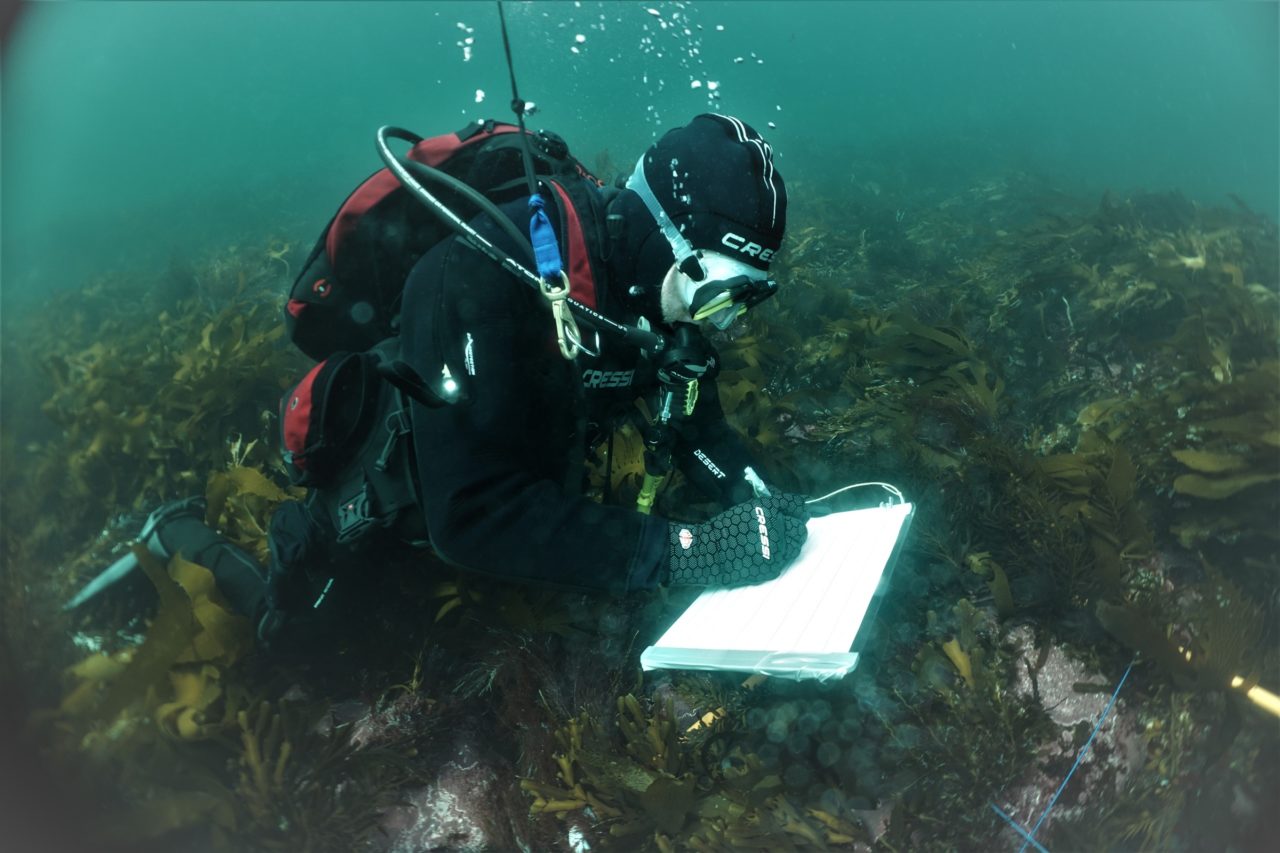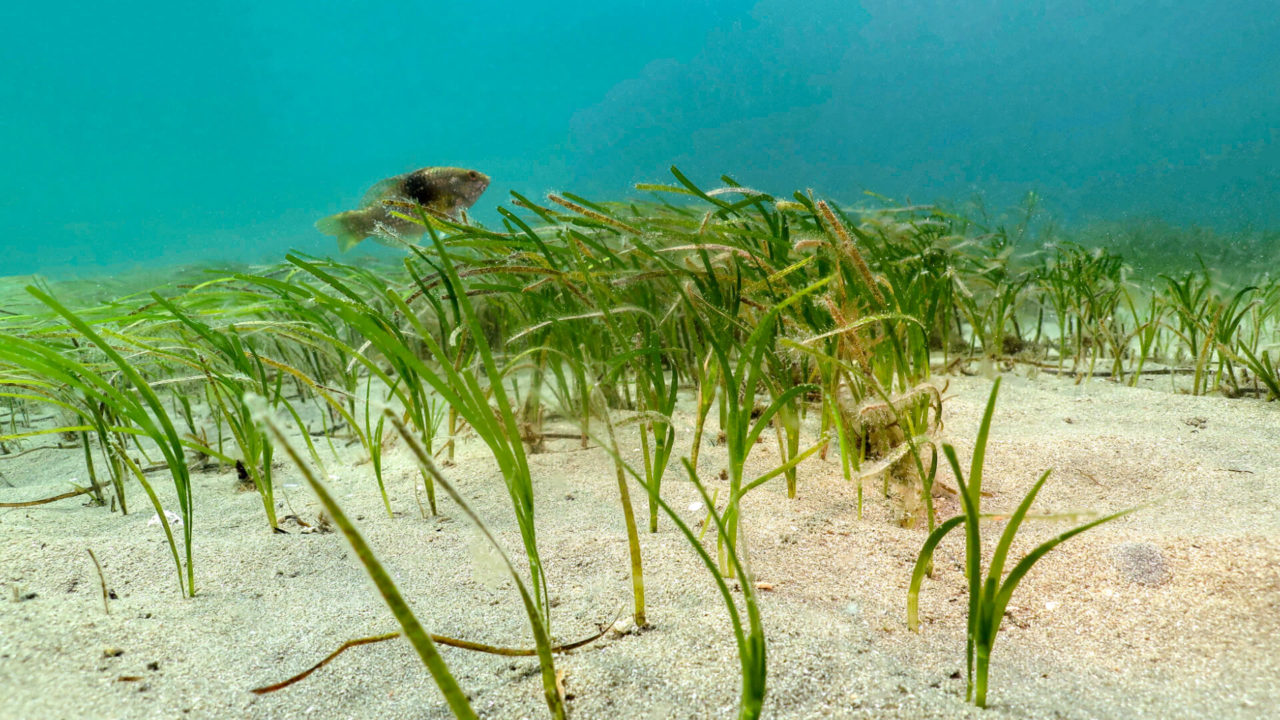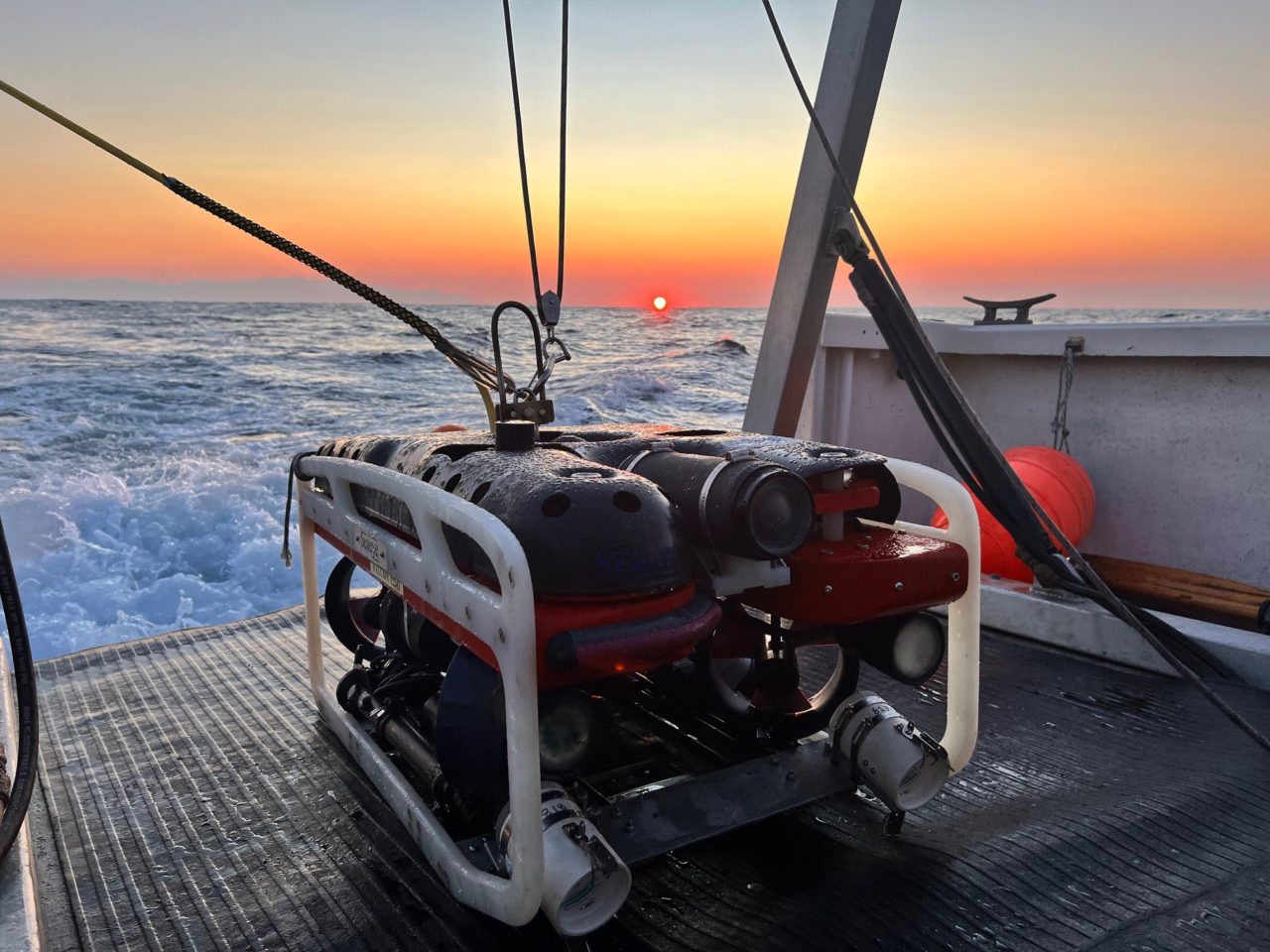A new environmental monitoring program in Storm Bay is revealing exactly how the local marine environment is responding to salmon aquaculture – and it’s serving as an early warning system to detect any signs of enrichment from excess nutrients and organic matter.
“Salmon aquaculture is relatively new to Storm Bay so it’s vital to have monitoring, early detection and good science in place as the industry becomes established there,” said Associate Professor Jeff Ross, from the University of Tasmania’s Institute for Marine and Antarctic Studies (IMAS).
“The monitoring program is tailored for a range of habitats, both in the direct vicinity of the leases and more broadly across Storm Bay – so it improves how environmental responses are measured and evaluated, and how the government manages the environmental effects of salmon farming in this waterway,” he said.

“It’s enabled us to assess the condition of important inshore and deep reefs, soft sediment and seagrass habitats across Storm Bay – and we’ve found they are healthy, biodiverse and show no evidence of adverse effects from aquaculture inputs. This has created an important reference point which we can assess environmental performance against, as the industry develops in the Bay.”
Storm Bay was identified as a priority area for the expansion of salmon aquaculture in Tasmania due to its high-energy environment, which allows for nutrient dispersal and more diffuse effects than areas with lower water movement.
To ensure the development of a sustainable industry there, the Australian Government’s Fisheries Research and Development Corporation (FRDC) called on the environmental monitoring and modelling expertise of IMAS and CSIRO scientists, contributing over $10 million to the project.
The recently released Storm Bay Observing System: Assessing Performance of Salmon Aquaculture report outlines the three aims considered in the design and review of the Storm Bay monitoring program: assessing the ecological health of the major receiving habitats, assessing whether regulated performance criteria have been exceeded, and detecting and assessing the impacts of salmon farm inputs.

The research focused on the environmental conditions and health of the sediments and vast water column, across an extensive array of active sites, extending from the pens out to distances of 1.5 km in all directions. This was carried out during the peak stocking period to maximise uncovering any adverse effects.
Based on nearly four years of data collected across all key habitats, the study team made recommendations about how and where water quality should be measured to assess the potential impacts from farming, and highlighted the importance of CSIRO’s ecosystem models and decision support for understanding the drivers of change.

“There can be little doubt that the current Storm Bay monitoring program is comprehensive for the habitats sampled, the parameters measured and the spatial and temporal scales it covers,” Assoc Prof Ross said.
“But for it to be effective and efficient, it must be designed to answer specific management questions and priorities, which includes being scalable to the level of development and being regularly reviewed. This will underpin an effective and robust design and public confidence in its implementation.”
This project was supported by funding from the Fisheries Research and Development (FRDC) on behalf of the Australian Government. The Department of Natural Resources and Environment Tasmania also provided project funding through the Sustainable Marine Research Collaboration Agreement (SMRCA) between the Tasmanian Government and the University of Tasmania.
Images & video from top: